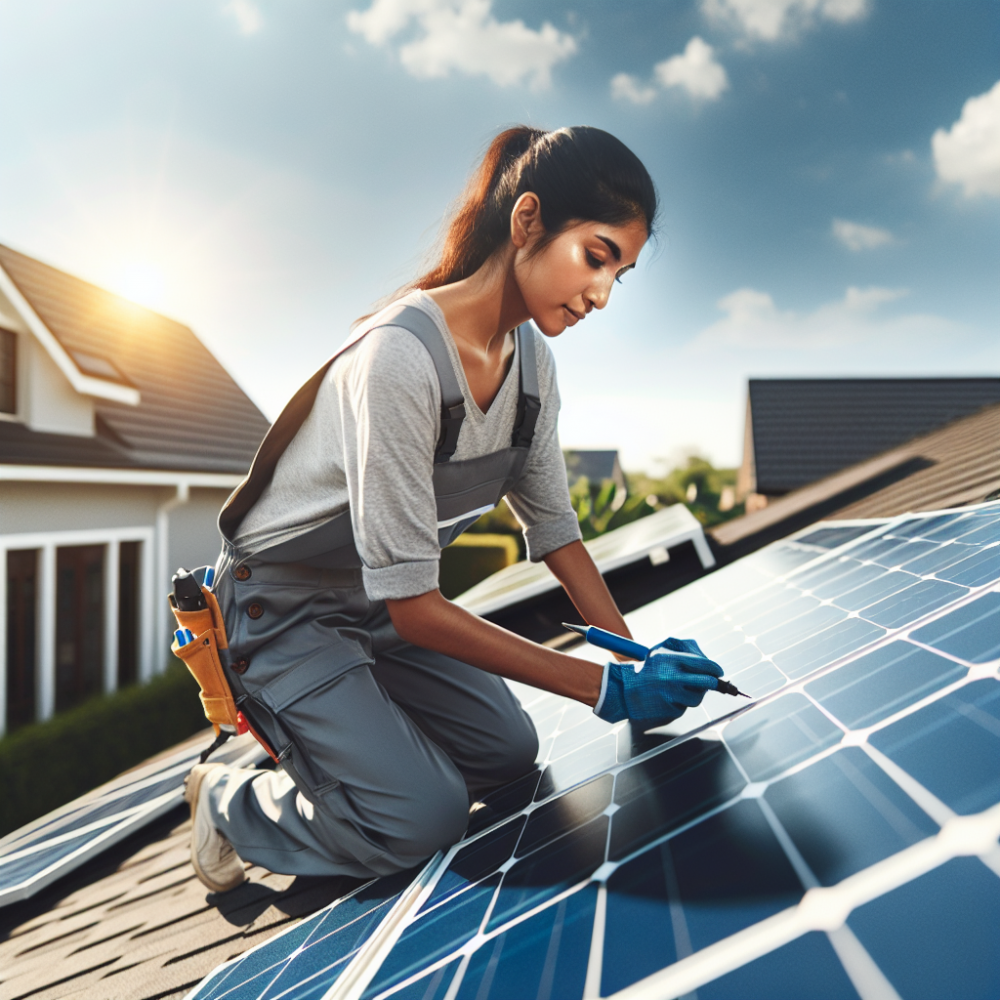Your Ultimate Guide to Embracing Solar Power

Posted on: Sunday, March 3rd, 2024
Solar power, an abundant and renewable energy source, has surged in popularity as technology advances and concern for the environment grows. Installing solar panels not only reduces carbon footprints but also substantially cuts electricity bills, making it a smart economic choice for homeowners and businesses alike. Recent developments in photovoltaic (PV) technology have made solar installations more efficient and less obtrusive than ever before. Understanding the key aspects of solar installation can streamline the transition to green energy, ensuring you harness the sun's power most effectively.
1. Assessing Your Solar Potential: Before leaping into solar installation, assess your property's solar potential. This can be influenced by geographical location, the direction your roof faces, and any obstructions that might cast shade. Numerous online tools, like the Solar Energy Industries Association's website, offer preliminary evaluations to help understand your property's potential.
2. Understanding Different Types of Solar Panels: Solar panels come in various types, mainly monocrystalline, polycrystalline, and thin-film. Each has its advantages and suitability depending on your specific needs, such as space constraints and budget. Monocrystalline panels, known for their efficiency, may be ideal for limited spaces, whereas polycrystalline panels offer a balance between efficiency and cost.
3. Analyzing Costs and Incentives: The initial cost of solar installation might seem daunting; however, federal, state, and local incentives can significantly reduce the overall expense. Tax credits, rebates, and solar renewable energy certificates (SRECs) are among the various incentives that can make solar more affordable. It's crucial to research and apply for these incentives early in your planning process.
4. Choosing the Right Installer: Selecting a skilled and experienced installer is pivotal for maximizing the efficiency and longevity of your solar system. Look for certified professionals with a track record of successful installations. Reviews, references, and the North American Board of Certified Energy Practitioners (NABCEP) website can be valuable resources for finding a reputable installer.
5. Considering Financing Options: Various financing options exist, including solar loans, leases, and power purchase agreements (PPAs). Each has its merits and drawbacks, depending on your financial situation and long-term goals. Loans enable ownership and potential increase in property value, while leases and PPAs offer less financial burden upfront.
6. Understanding System Sizing: The size of your solar system should match your energy needs. Overestimating can lead to unnecessary costs, while underestimating might not yield the desired savings on power bills. Professional evaluation of your electricity usage and roof space can help determine the optimal system size.
7. Preparing for Installation: Once you've selected an installer and finalized the system size, preparing your property for installation is next. This may include roof repairs, tree trimming, or upgrading your electrical system to handle the new solar panels. Your installer will guide you through this process, ensuring your property is ready for a smooth installation.
8. Navigating Permits and Regulations: Solar installations often require permits and must comply with local building codes and standards. Your solar installer typically handles permit applications and ensures that the installation adheres to all regulations, providing peace of mind and saving you from bureaucratic headaches.
9. Monitoring and Maintenance: Most modern solar systems come with monitoring technology that allows you to track energy production in real-time. Regular maintenance is minimal, usually involving occasional cleaning and checks by a professional. Monitoring your system’s performance helps in identifying and rectifying any issues promptly, ensuring optimal output.
10. Embracing Energy Independence: Finally, installing solar panels is a significant step toward energy independence. By generating your electricity, you reduce reliance on utility companies and protect yourself against fluctuating energy prices. Solar energy not only empowers you but also contributes to a sustainable future for all.